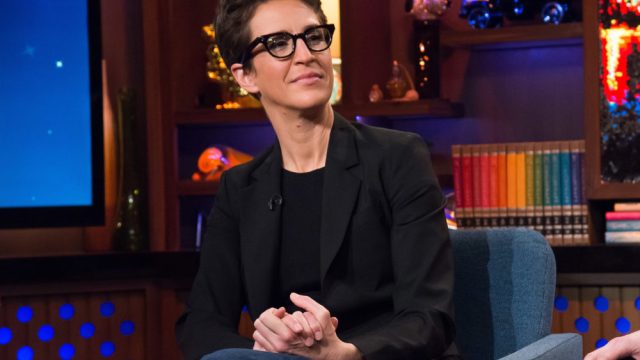A new study found something extremely depressing about women in journalism

If you’ve ever talked to someone who doesn’t think we need to keep fighting for women’s rights, you’ve probably heard the argument that “men and women have equal opportunities now.” But the fact remains that even after decades of progress, in many industries, women are still woefully underrepresented. And according to a new study, female journalists report the news far less often than male journalists do.
The Women’s Media Center (WMC) released the report today, January 31st. Called “Divided 2019: The Media Gender Gap,” the study found that across media platforms, 63% of bylines and credits go to men, leaving only 37% for women. The gender disparity was the most pronounced at news wires such as Reuters and the Associated Press, where men received a whopping 69% of bylines. In contrast, print news had the narrowest gender gap, with 59% of articles written by men and 41% written by women. In a press release about the report, WMC President Julie Burton explained that the gender disparity at wire services was particularly alarming because their “stories are picked up by news outlets across the country.”
"Media tells us what is important and who matters, and when the wires assign 69 percent of the stories to men, the message is clear where women stand," she said in the release. "A cultural, systemic shift is necessary if U.S media is to achieve gender parity—and move toward a world where stories fully represent the voices and perspectives of women."
Over the course of 2018, the report notes that the gender gap did narrow a little at some outlets, particularly within the realm of TV news. At ABC, for example, the number of credits attributed to male journalists decreased from 88% to 65%. And both CBS and NBC reduced the number of male credits on their networks from 68% to 62%. But while there has been progress overall, at PBS—which features a female prime-time anchor—the number of male credits actually increased from 55% to 62%.
The study also found that at wire services and online news outlets, the gender gap increased over the past year. The online news outlet with the biggest gender gap was none other than The New York Times, where men wrote 67% of articles last year. When female journalists do get bylines, the study found that they are far more likely cover lifestyle and leisure, while men are more likely to write sports articles.
It’s clear that underrepresentation is still a huge problem in news journalism—which means women’s perspectives are also underrepresented. Let’s hope 2019 sees some progress.















